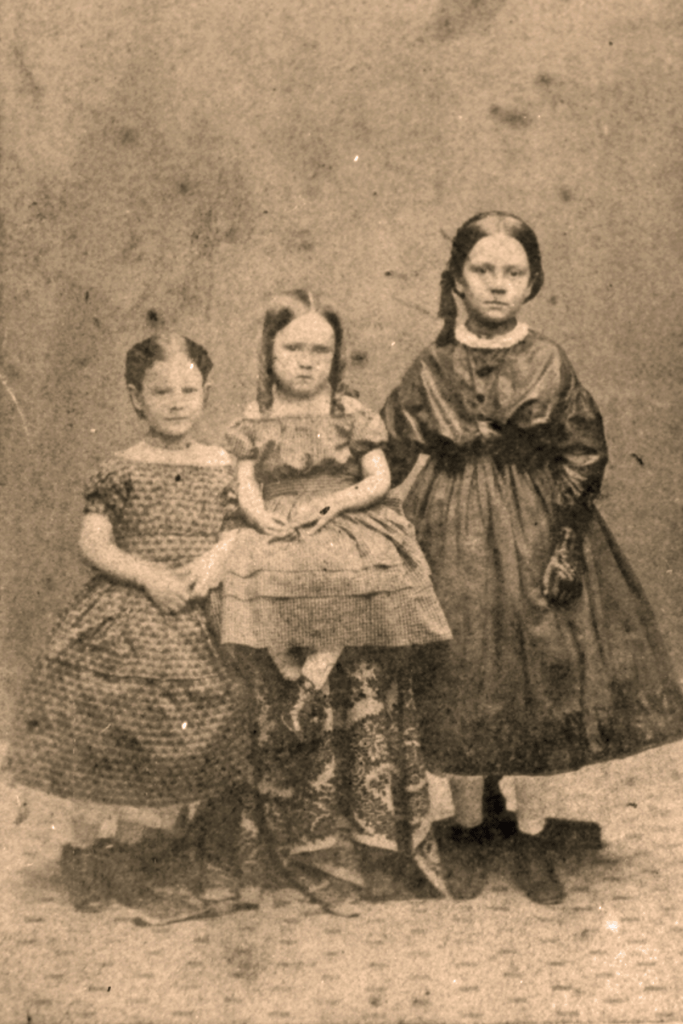With a history longer than that of the United States, a stately striped tower sits on the edge of Anastasia Island near the historic city of St. Augustine just below Jacksonville, Florida. Some say there have been beacon towers on this site since the late 16th century, as Spanish and British explorers and tradesmen navigated the Atlantic ocean and settled in on the coast of la Florida. The city of St. Augustine itself was founded in 1565 and remains the oldest constantly inhabited colonial settlement in the contiguous states of America. With a history as storied as this lighthouse, it’s no wonder why locals and tourists alike tell stories of the ghostly inhabitants of the island and beacon tower itself.

Historians are divided on when the first structures were built on the island, with records indicating some form of tower on the island as early as the late 1500s, described as wooden towers to aid in navigation. The jury is still out as to the function of some of these towers, but the leading consensus is that they were lit as beacons for the incoming ships to Florida’s first coast region. The first permanent structure where the St. Augustine Light sits was built in 1737, built out of the abundant coquina in the region and used in some form as a navigation aid, showing up in British ship logs as a lighthouse as early as 1768. The structure would not last long, however, as records indicate it fell into the sea due to coast erosion in 1880. Today, it still serves as an archeological site off the coast of the island.
The old tower was replaced with the current lighthouse tower on Anastasia Island, built between 1871 and 1874 and designated as Florida’s first lighthouse. The new lighthouse was lit before the demise of the old coquina-built tower, with a Fresnel lens installed to increase the light’s range on the coast. The lightkeeper at the time, William Russell, is the only man in history to have worked on both towers during their service. The current lighthouse served as an important landmark during multiple wars in US history, used as a vantage point to watch for enemy ships in both the Civil War and WWII. St. Augustine’s light was electrified in 1936, and automated in 1955. It continues to operate today as an active light beacon for ships in the region.

In 1980, a group of women began campaigning for historical restoration on the lighthouse and its surrounding buildings, including the keeper house that had been falling into disrepair for some years. Restoration began and the light tower was added to the National Register of Historic Places in 1981. The site is also a National Oceanic and Atmospheric Administration weather station, and a maritime museum was opened on the island in 1994. The museum still operates today and the funds raised from visitors continues to power more restoration efforts. Still actively studied by scientists, the island and structures are also an active archeological site, with shipwrecks and ruins of buildings being examined to this day.
In the 1870s, a railway cart was installed on the island to help with building efforts for the construction of the current tower, but local children were known to use the cart as a makeshift roller coaster ride in the Victorian era. During this time, Superintendent of Lighthouse Construction, Hezekiah Pittee moved to the island with his wife and three children. The children often rode the cart to the water and back up again and a wooden board was the only barrier stopping the cart before reaching the cliffs of the coast. Tragically, in 1873, the three girls and an unknown African-American girl rode the cart as they often did, but the wooden board was not in place to stop the cart. The four girls were thrown into the ocean, with the cart overturned and trapping the children underneath. Mr. Dan Sessions, a young African-American man working on the island witnessed the accident and rushed to save the children. By the time he’d lifted the cart and freed them, three of the girls had drowned. The only survivor was the youngest Pittee daughter, Carrie, who was only 4-years-old.

This tragic occurrence nearly 150 years ago is the source of the most compelling rumors of haunted activity on the island. Former keepers have even moved out of the keeper house, citing it was haunted and they would not stay another night in the building. Children living on the island claimed to have seen children their own age playing on the island, only for them to disappear when they went to join in the fun. One man living in the keeper house as a tenant reported seeing a young girl appear at the edge of his bed one night, terrifying him into leaving the island as soon as possible. When the keeper house burned in 1970, reconstruction efforts brought more workers to the island to repair the building. Nearly all of the workers reported some instances of paranormal activity while working on the keeper house, some claiming to hear the sounds of children playing with no children currently residing on the island.
Dozens of other encounters are attributed to the spirits of the young girls, with giggles heard at the top of the tower with no earthly source and employees on the island reporting the ghostly children apparently engaged in a game of hide and seek. Of course, the spirits almost always win the game, peeking around corners before disappearing into thin air. The current historians of the museum continue their efforts to return the name to the unknown African- American girl who was lost in the tragedy, as she is reported to appear near the tower with the other playful spirits of the Pittee girls. Guests on tours of the structures have reported seeing children in Victorian dress joining the tour group, only for the staff to say no children were present on the tours that day. The spirits are seen with affection by the current employees, who watch for the playful pranks they tend to play on unsuspecting visitors and staff alike. Paranormal investigators have conducted investigations and came back with compelling evidence, including EVP recordings of small, childlike voices in the basement of the tower and keeper house.

The young girls lost in the terrible accident are not the only spirits said to walk the grounds. Staff members report seeing an apparition known only as “The Man,” who is presumed to be a former keeper as he’s often seen climbing the spiral staircase to the top of the tower. Another spirit is known as “the woman on the catwalk,” and is reported to be the spirit of Maria Mestre de los Dolores, who was not only the first woman to serve on the coast guard, but the first hispanic-american woman to serve as the director of the St. Augustine Lighthouse. Maria is said to appear on the catwalk, where her husband the keeper met his demise with an accidental fall from the top of the tower. She’s often seen peering over the edge of the railing, as if looking for the body of her husband.

The staff of the St. Augustine Light and Maritime Museum embrace the haunted history of the lighthouse, offering several types of guided and private ghost tours during the tourism season. You can embark on the Dark of the Moon Ghost Tour, exploring the buildings of the island at night, or the lighter Lighthouse Ghost Tales tour, a more appropriate choice for children and families. It also opens for private tours and paranormal investigators alike. The Lighthouse has been featured on dozens of TV specials and online lists as the most haunted lighthouse on the east coast. If you visit, be sure to explore the fantastic museum, learn about the history of the stately tower, and keep your eyes peeled for spirits playing hide and seek.
- About the Author
- Latest Posts

Born in Death Valley and raised on the prairie, Deborah is a Wyoming-based paranormal researcher and University of Wyoming graduate. Her interests lie in folklore, history, symbolic interaction and research. She also researches the paranormal academically and is a graduate student studying sociology.


